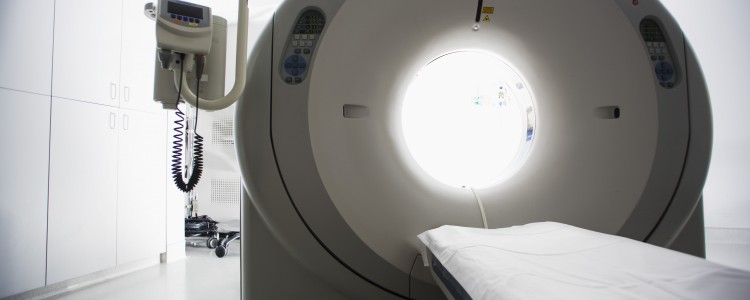Degenerative
Magnetic resonance imaging of the lumbar spine in people without back pain.
- The New England journal of medicine | 331 (2) | July 1994

- To determine the prevalence of abnormal discs as well as other findings in MRI examinations of the lumbosacral spine with people without back pain. Secondary purpose of correlating the level of physical activity by the study participants with disc abnormalities.
This study published in 1994 was similar to that of one of the most widely cited studies looking at the presence of abnormal findings on MRI scans in asymptomatic patients by Boden et al (1990). Jensen et al evaluated the lumbar MRI scans of 98 asymptomatic volunteers and 27 patients that were symptomatic with low back pain. The authors found that at least 50% of those examined had at least a disc bulge at one level or more. They concluded that many people have disc bulges or protrusions on MRI despite not having any clinical symptoms. Furthermore, the prevalence of disc extrusions was higher in patients with symptoms of low back pain as compared to those without symptoms.
In evaluating this study, there are several methodologic concerns. First, the 98 asymptomatic people were recruited to the study by means of advertising in a hospital and newspaper. Volunteers may be more health conscious or healthier than the general population which would introduce a selection bias into the study. Additionally, there is no mention of whether there was an incentives given to the volunteers. While it was documented that “about 20 patients” were excluded, do the 98 represent consecutive patients? The study also has the potential for recall bias in the inclusion/exclusion criteria. Patients with a history of low back pain for greater than 48 hours were to be excluded. Older patients may not be to accurately recall prior episodes including duration (recall bias). It is also unclear how the 27 symptomatic patient’s MRI scans were chosen for inclusion.
A secondary measure of physical activity level was also scored using a range of 0 (no exercise) to 4 (workouts 5 or more times/week). It is not clear if subjects were classified based on average weekly exercise frequency or if this measure was determined based on a specific time period leading up to the study.
In regards to the interpretation of the MRI scans, 2 neuroradiologists independently evaluated all 5 lumbar discs in all 125 subjects. There was no mention of lumbarization or sacralization and how this would be dealt with. The intraobserver agreement was 80% with a kappa value of .59 which would be considered moderate agreement amongst the radiologists. This was the same criticism drawn against the Boden et al study (1990). Again, concerns with subjectivity in defining lumbar disc pathology is likely to affect the outcomes of the study. Fortunately, classification of lumbar disc pathology has become more objective with the advent of enhanced imaging quality and quantifiable measurements of the spinal canal.
The study failed to control for possible confounders including smoking.
Despite our concerns with the methodology of this study and potential for bias in this study, the author’s main conclusions are likely valid considering the results of many other published studies that have come out in the last 10 years. Studies of various populations including asymptomatic pediatric patients, athletes, workers, and multiple cultures, have also shown to have high percentages of disc bulges and protrusions.


Comments (0)
Note: We honor your privacy and will not disclose or share your email address with any third-party. Your email address will not be published, and is only used for the purposes of replies and notifications pertaining to these comments.